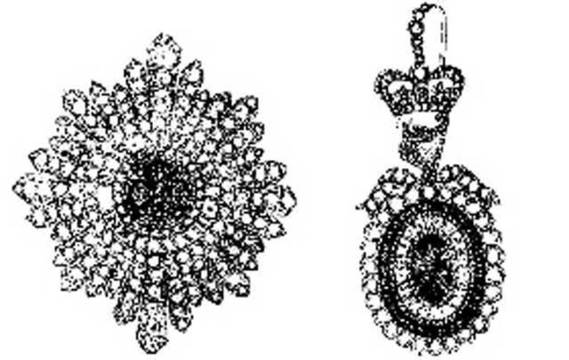
The Irish Crown Jewels.The Irish Crown Jewels.PUBLIC DOMAIN/WIKIPEDIA
Did you know that Ireland was presented with crown jewels by both Henry II and Henry VIII?
We're all familiar with the story of Thomas Blood and his attempt to steal the crown jewels, but did you know that the stolen jewels aren't the only connection between Ireland and the crown jewels?
The story of the Irish crown jewels
In 1154 the one and only Englishman to become Pope, Nicholas Breakspeare, was elected as Pope Adrian IV. The next year he presented Ireland to King Henry II, as a papal fief or lordship, with himself remaining overlord.
Read more
John of Salisbury, one of the few reliable historians of the Middle Ages, wrote: "It was at my prayer that he [Adrian IV] have and conceded to the illustrious King of England, Henry II, Ireland, to be possessed by hereditary right; for by ancient right, according to the Donation of Constantine, all islands are said to belong to the Roman church. Through me, too, did the Pope transmit a golden ring, decked with a single emerald, with which the king's investiture was to be completed."
This then can be called the first Irish crown jewel. Unfortunately, the investiture was never completed because Henry II refused to accept the Pope's terms, one penny each year for every house in Ireland, and present papal rights to remain intact.
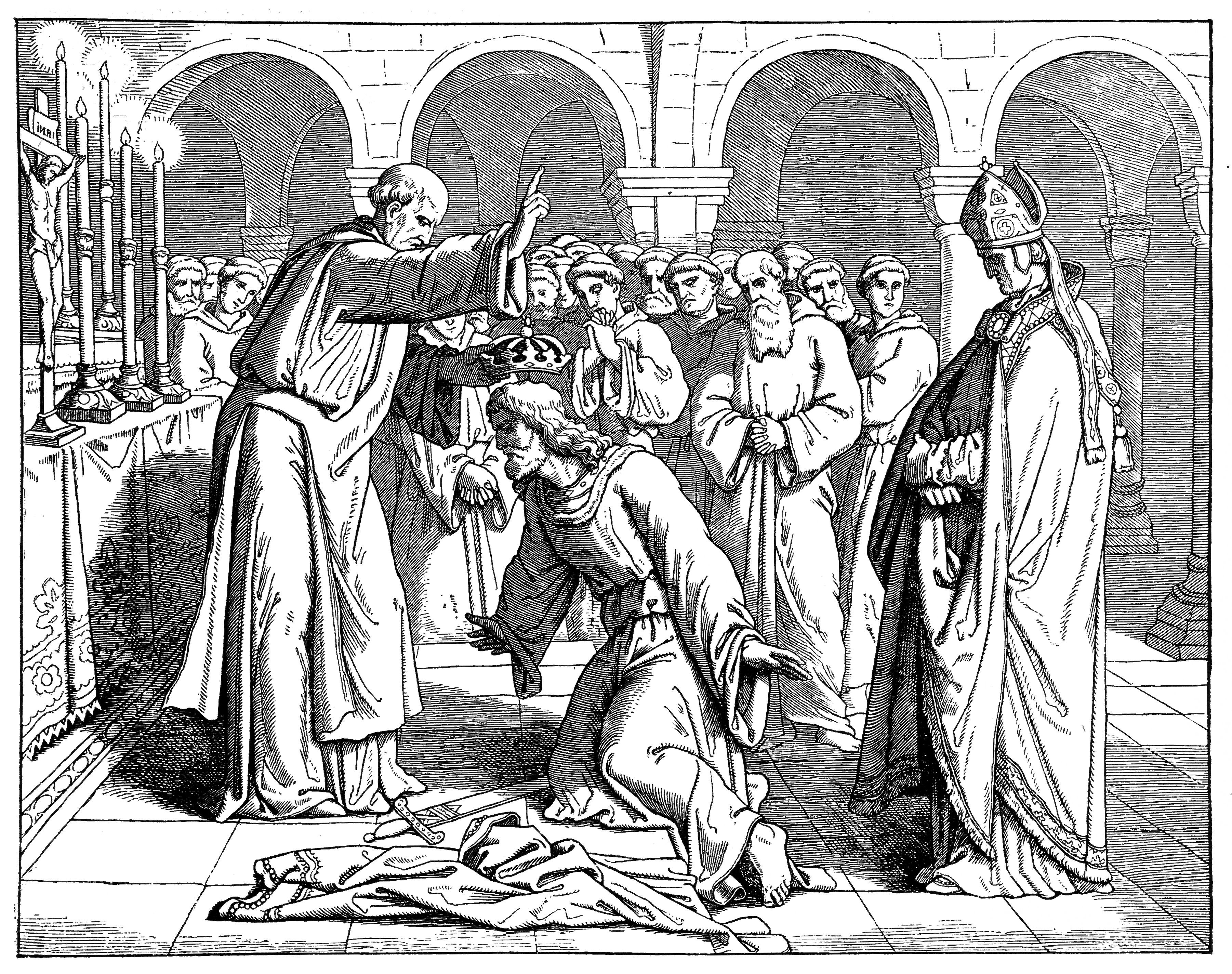
Illustration of a Henry II coronation. Image: Getty
The missing crown jewels
Years later however Henry II appointed his son, Prince John as Lord of Ireland in 1185, and Pope Urban II sent a gold crown adorned with peacock feathers for the coronation of John as Lord of Ireland. However, John offended the Irish chieftains by laughing at their long beards (it was the fashion than in England to be clean-shaven), and they not unnaturally took umbrage and defied the upstart prince. John was never crowned with this, the second Irish crown jewel. And what happened to the emerald ring and peacock crown is not known.
The Order of Saint Patrick
The lordship of Ireland came to an end when Henry VIII broke with the Pope. In 1541 the Irish Parliament gave him the title King of Ireland, which he repudiated, only to proclaim himself King of Ireland on his own authority.
In 1782 Henry Grattan, an English minister intent on ameliorating the Irish situation had the Irish Parliament declared independent of the English one, and the following year, 1783, George III, who in a 60-year reign never set foot outside England, created the Order of Saint Patrick.
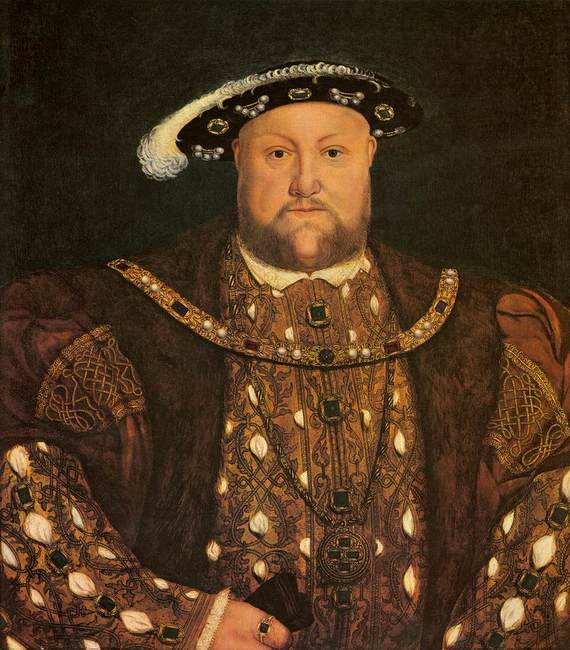
It was for this order that the Irish jewels were created in 1830, to be worn by the Grand Master of the Order and by visiting sovereigns.
The heavily-jeweled pieces were presented to the order in 1830 and consisted of a two-piece. The Grandmaster Star was a large pendant made of 400 Brazilian white diamonds arranged into an eight-pointed star, with a shamrock of emeralds atop a cross of rubies on blue enamel in the middle. The large oval badge was made of 24-karat gold, diamonds, emeralds, and rubies.
The gems were kept in Dublin Castle where they were guarded by the Ulster King of Arms and his staff as well a 24-hour outdoor patrol of policemen and soldiers.
* Originally published in 2019
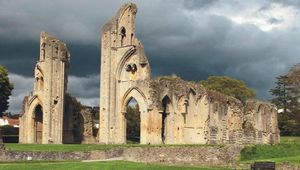
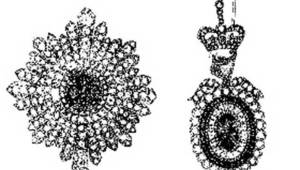

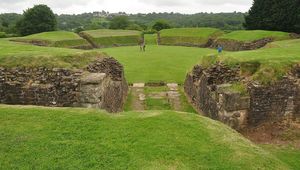
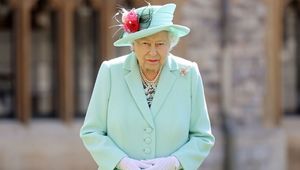



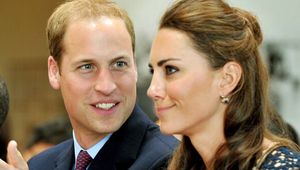

Comments